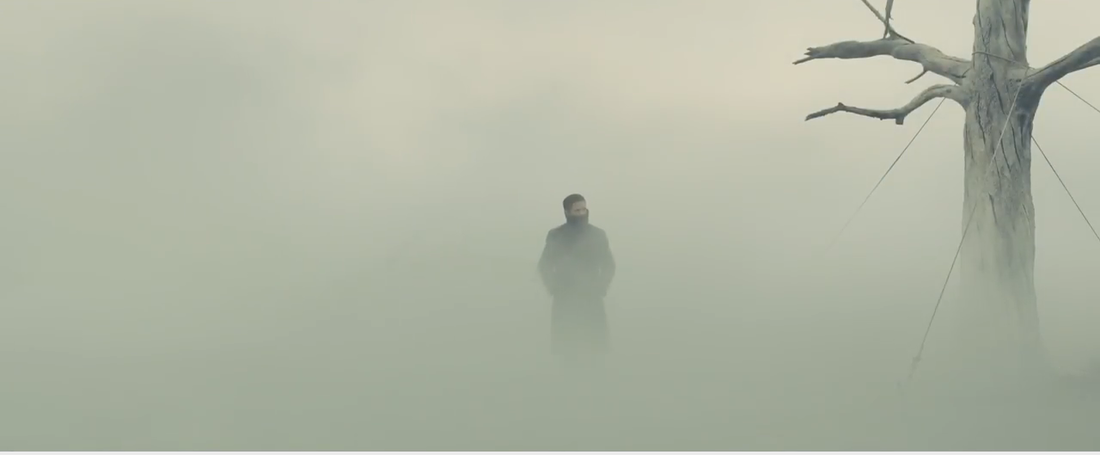By all accounts, Blade Runner 2049 (Villeneuve, 2017) was a box office bomb. With an estimated budget of $150 million, the film needed to make significant returns to break even, which it failed to do. However, do not let its financial success be the deciding factor in whether or not you see it. Despite its poor performance, Blade Runner 2049 is a visually stunning and philosophically poignant sequel to a film that never needed one.
The original Blade Runner (Scott, 1982) helped to usher in and define Neo-Noir in American cinema. Stuffed with smoke and smog, the Los Angeles of 2019 is a dark and mysterious place, where Blade Runner Rick Deckard hunts humanoid robots known as Replicants.
The story of Blade Runner 2049 is also artfully crafted. The questions posited in the original, such as “what makes us human?”, are addressed again in the sequel and are significantly expanded upon. At the same time, the ambiguity and general lack of closure from Blade Runner continue into 2049, leaving the audience with a feeling that they cannot really put a finger on.
Blade Runner 2049 is a movie that simply must be experienced to be understood. It is one of the most raw and visceral films that I have seen in recent memory, and its visuals and soundscape stick out in my mind. 2049 is cinematographically gorgeous film and a surprisingly good sequel to an 80’s movie, a definite departure from recent pulpy 80’s remakes. Despite its financial failure, maybe 2049 will find its success in the same manner that the box-office bomb Blade Runner did, finding its identity as a cult-classic.






 RSS Feed
RSS Feed
